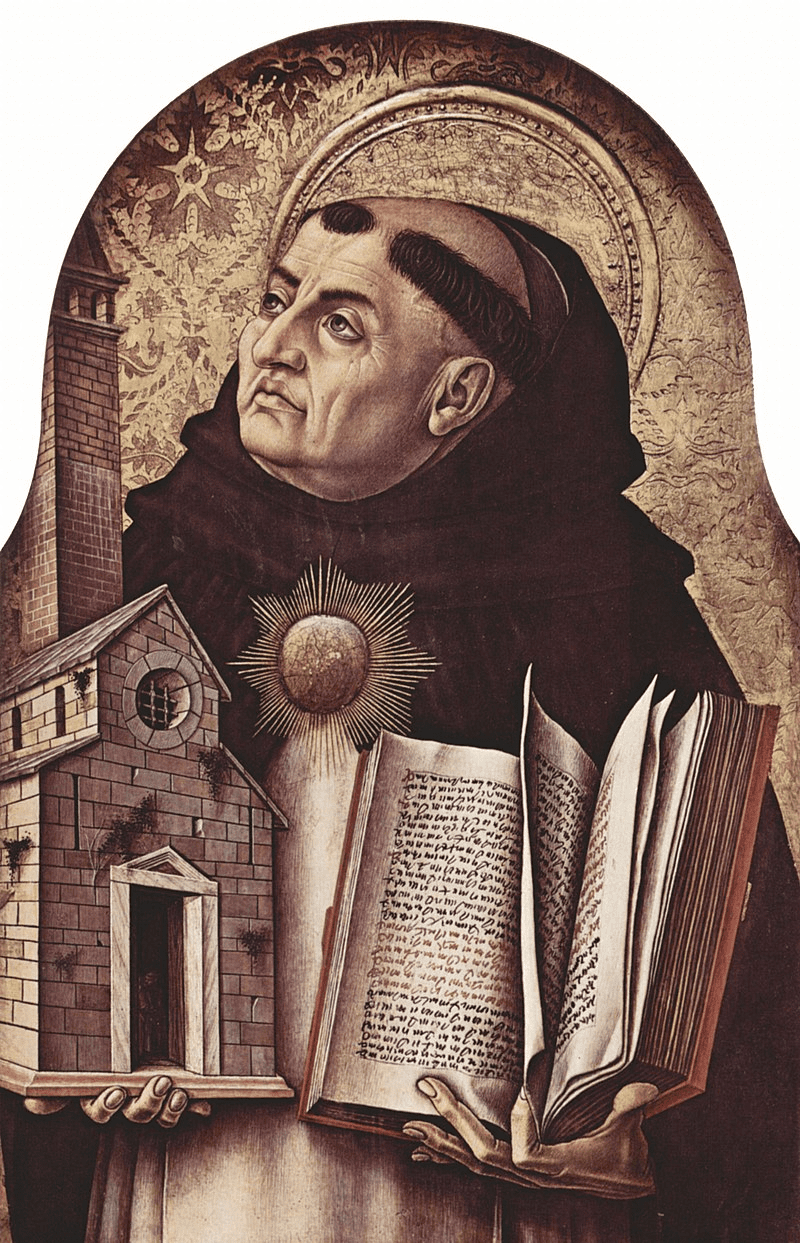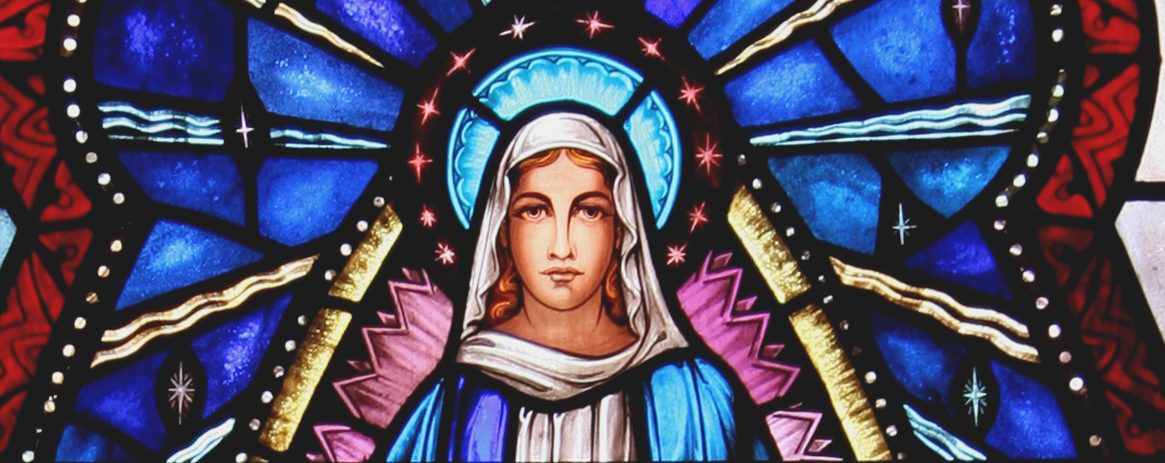Few thinkers in world history have been as inspiring, intellectual and popular as St. Thomas Aquinas. He was born 1225 in the castle of Roccasecca, Aquino, in the Kingdom of Sicily. His father and mother were affluent nobility and hoped their son would follow the same path of success. The count and countess sent Thomas to the Benedictine Abbey of Monte Cassino at age five to begin his career. At this time in history, the Benedictine Order had acquired great fame, wealth and influence throughout Europe. The noble parents aspired for their son to one day become the Abbot of this great monastery and so secure the family’s power in the region. This time was very formative for the young Italian. Thomas fell deeply in love with the monastic life spending hours in prayer and study. He was immediately recognized for his rational prowess studying philosophy, theology and law at a young age. Everything seemed to be going according to the family plans until one day Thomas made an astonishing announcement; He was leaving the monastery. A newly founded order called the Dominicans had caught his eye with their charism of preaching and teaching. Thomas felt called by God to join their religious community and so become a poor evangelist. This did not go over well with his family. They did not appreciate their son throwing away his promising future as the Abbot of Monte Cassino. Before he could leave to join the Dominicans, Thomas was kidnapped by his brothers and locked in the tower of the family castle. His family forbid him to leave unless he renounced his vocation to become a Dominican priest. His brothers even hired a prostitute, locking her in the tower with Thomas so that he would break his vow of celibacy. In response, Thomas took a fire-lit torch from the wall and chased the prostitute around the room until she screamed to be let out. When the guards opened the door, Thomas used the torch to scorch the sign of the Cross into the door-frame forever marking the room of the tower as a place for Christ. At that moment, two angels appeared in the tower-room and placed a white-belt around Thomas’ waist symbolizing his victory for chastity. From that point forward, he never struggled with temptations of lust again. After witnessing his staunch devotion, the Aquino family could no longer deny their son’s vocation. In 1244, after a year of imprisonment, Thomas could join the Dominicans. This would be the beginning of one of the greatest stories of knowledge in history. In the years to come, Thomas would redefine the notion of education and wisdom, taking philosophical and religious studies to a depth hitherto unseen.


